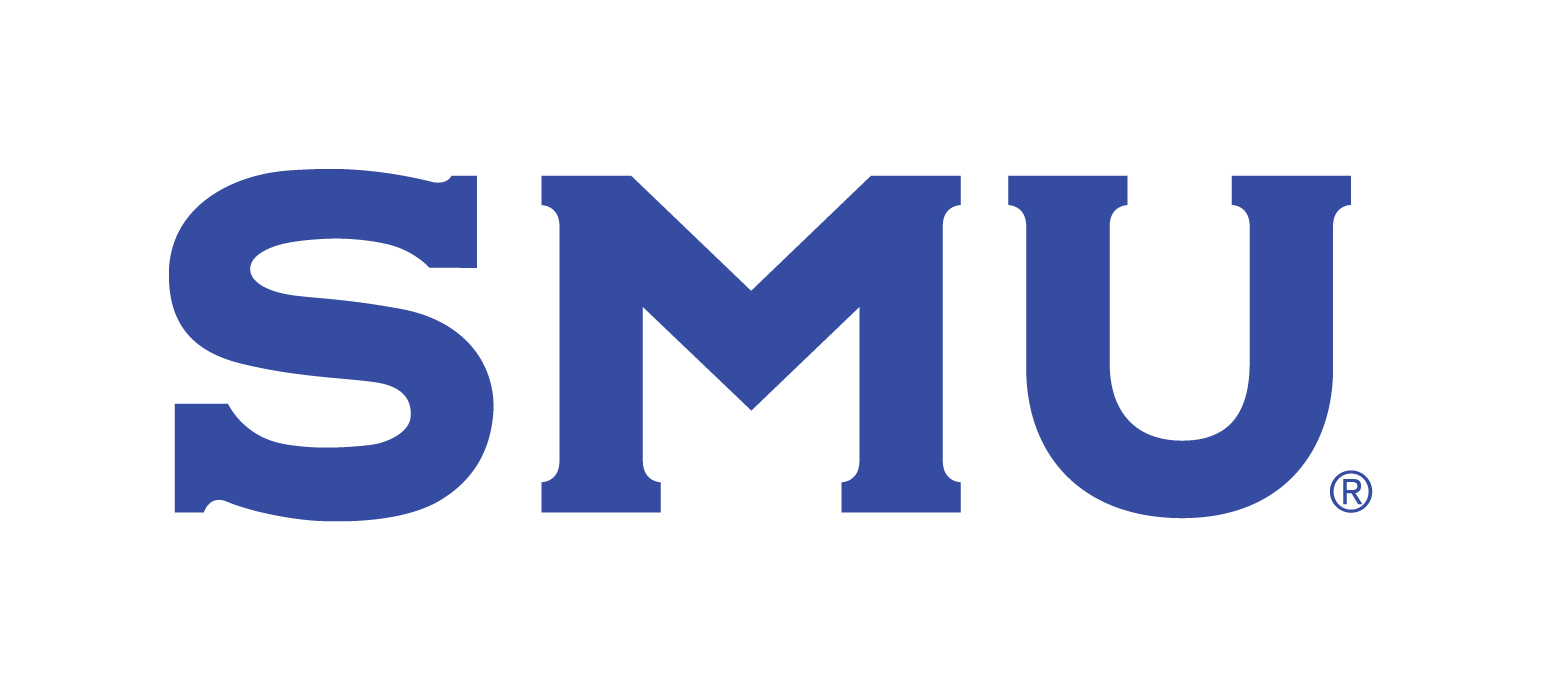HPC Portal#
HPC OnDemand provides an integrated, single access point for SMU HPC resources.
Accessing the Portal#
Access to the HPC OnDemand web portal requires an existing SMU HPC account, which can be requested as documented in Accounts.
Go to hpc.m3.smu.edu.
Sign in using your SMU NetID and SMU password
Interactive Apps#
Remote Desktop#
Select “Remote Desktop” from the “Interactive Apps” drop-down menu.
Select options required for your remote desktop instance. These options are the same as those requested via a standard Slurm script.
Select “Launch”
Wait for the job to start. When the job starts a new button “Launch noVNC in New Tab” button will appear.
Select “Launch noVNC in New Tab”
Graphical applications can be run via the Terminal, e.g.
module load comsol && comsol &.When finished using the remote desktop instance, return to the “My Interactive Sessions” tab in your browser and select “Delete” and “Confirm”, when prompted, to cancel the job.
JupyterLab#
Select “JupyterLab” from the “Interactive Apps” drop-down menu.
Select options required for your remote desktop instance. These options are similar to those requested via a standard Slurm script.
Select “Launch”
Wait for the job to start. When the job starts a new button “Connect to JupyterLab” button will appear.
Select “Connect to JupyterLab”
The Jupyter Notebook graphical interface will be presented and running on the resources requested.
When finished using the JupyterLab instance, return to the “My Interactive Sessions” tab in your browser and select “Delete” and “Confirm”, when prompted, to cancel the job.
RStudio Server#
Select “RStudio Server” from the “Interactive Apps” drop-down menu.
Select options required for your RStudio Server instance. These options are the same as those requested via a standard Slurm script.
Select “Launch”
Wait for the job to start. When the job starts a new button “Connect to RStudio Server” button will appear.
Select “Connect to RStudio Server”
The RStudio graphical interface will be presented and running on the resources requested.
When finished using the RStudio Server instance, return to the “My Interactive Sessions” tab in your browser and select “Delete” and “Confirm”, when prompted, to cancel the job.
Visual Studio Code#
Warning
There are multiple ways to connect a local instance of Visual Studio Code to a login node on the clusters. However, code execution is prohibited on the login nodes. Instead use the Visual Studio Code app provided on the portal by following the instructions below.
Select “Visual Studio Code” from the “Interactive Apps” drop-down menu.
Select options required for your Visual Studio Code instance. These options are the same as those requested via a standard Slurm script. Any modules that are needed at runtime should be loaded using the “Custom environment settings” (i.e.
module load miniforge)
Note
Some modules will not work as anticipated in Visual Studio Code because it is running in a container. If you need a module that will not load in this environment, you can still use Visual Studio Code as your code editor, but run modules and code with the Slurm scheduler from an SSH session.
Select “Launch”
Wait for the job to start. When the job starts a new button “Connect to Visual Studio Code” button will appear.
Select “Connect to Visual Studio Code”
The Visual Studio Code graphical interface will be presented and running on the resources requested.
When finished using the Visual Studio Code instance, return to the “My Interactive Sessions” tab in your browser and select “Delete” and “Confirm”, when prompted, to cancel the job.
Shell Access#
Select “M3 Shell Access” from the “Clusters” drop-down menu. Note that this shell access does not provide access to graphical applications. If needed, please use a Remote Desktop instance.
When finished using the shell, type
exitand close the browser tab.
Monitoring Jobs#
“Active Jobs” from the “Jobs” drop-down menu.
File Access#
“Home Directory” from the “Files” drop-down menu.
You can navigate to specific directories by clicking the directories shown.
You can go to specific directories using the “Go To…” button.
You can upload files simply by dragging them to the window or by selecting the “Upload” button.
You can download files and directories by selecting them and then selecting the “Download” button.
